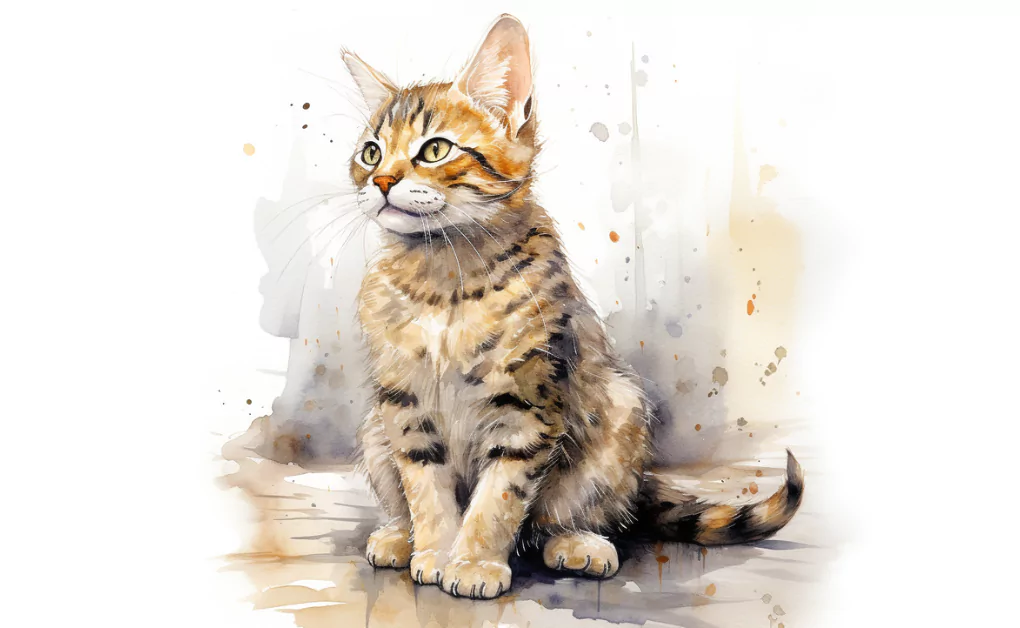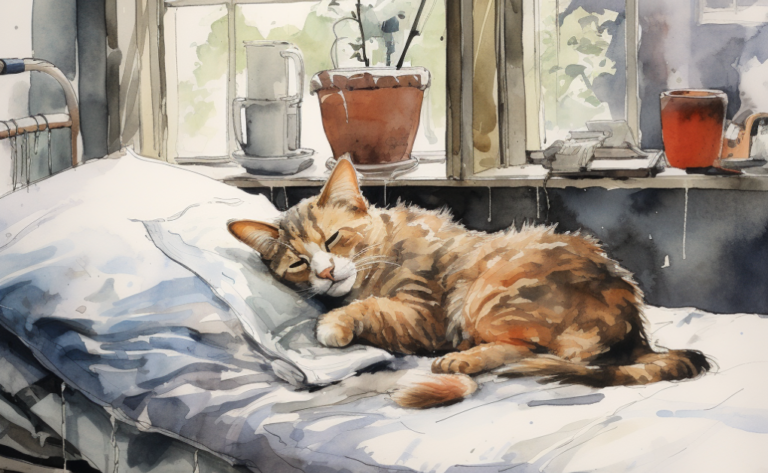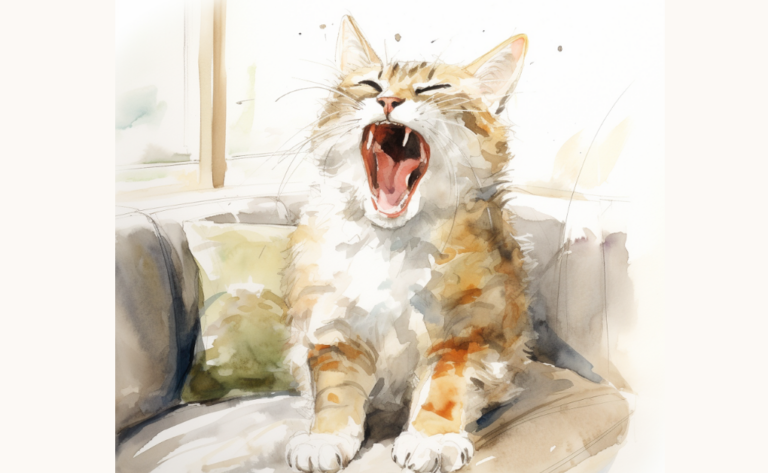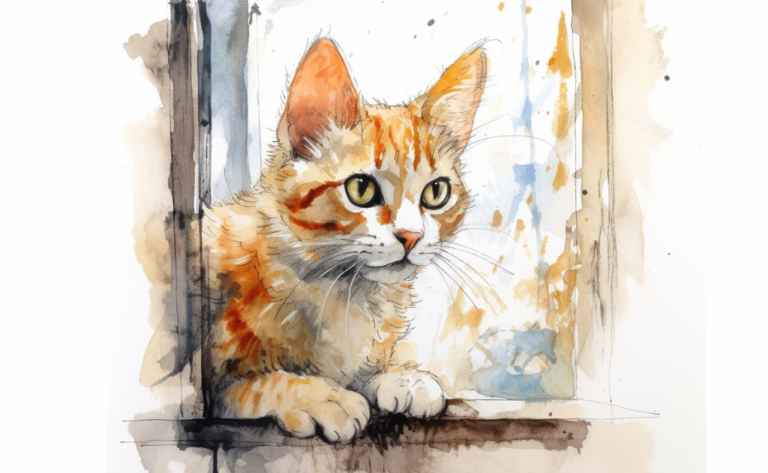What is an Ear Infection in Cats?
What is it?
How is it Treated?
Breed Predispositions
Ear infections can affect any cat breed ad is typically more common in cats with certain risk factors such as a history of ear infections, allergies, or exposure to other cats with ear infections.
Introduction
When Oliver, a doting cat owner, noticed his beloved Russian Blue, Leo, persistently shaking his head and scratching his ears, he knew something was wrong. Concerned about Leo’s increasing discomfort, Oliver took him to the veterinarian for an assessment. The vet quickly diagnosed Leo with an ear infection, a common issue faced by cats of all breeds.
Ear infections in cats, also known as otitis, are a health issue that involves inflammation or infection in one or more sections of a cat’s ear. Depending on the affected region, it can be divided into otitis externa, impacting the outer part of the cat’s ear canal; otitis media, affecting the middle ear; or otitis interna, which impacts the inner ear. The severity of this ear problem can vary from mild to serious, and it can be acute or chronic.
Cats suffering from chronic ear infections may be less engaged and unlikely to play or interact with other animals. As per the research by Dr. Flanders, approximately 80 percent of white cats with blue eyes may show signs of hearing loss by four days due to the death of cochlear cells, transforming the condition from a simple outer ear infection to a life-threatening situation. These instances usually occur after an animal has been exposed to cold air or water.
The cat’s ear canal is shaped like an ‘L’, particularly conducive to trapping debris and facilitating infections. The fur around the cat’s ear can also harbor dirt, further aggravating the situation. If these severe or chronic ear infections are not treated, they can inflict severe damage to the ears, including the inside of the ear flap. Therefore, it is crucial to seek veterinary attention if you suspect your cat may have an ear infection.
Types of Ear Infections in Cats
Ear infections in cats are classified based on which part of the ear they affect. Each type comes with its range of symptoms and potential complications:
Otitis Externa
Otitis externa in cats is characterized by the inflammation or infection of the outer part of the cat’s ear canal. This area includes the section from the outside of the ear to the eardrum. It is the most frequently encountered type of ear infection in cats. If left untreated, otitis externa can progress to more serious conditions affecting the middle or inner ear. Therefore, a cat exhibiting an ear infection should receive prompt veterinary attention.
Otitis Media
Otitis media in cats refers to the inflammation or infection of the middle ear, the compartment located just behind the eardrum. This part of the ear contains the small bones that transmit sound vibrations from the eardrum to the inner ear. Otitis media often arises when infection or inflammation from the outer ear (otitis externa) progresses inward or can result from a perforation in the eardrum that allows bacteria to enter the middle ear.
Otitis Interna
Otitis interna in cats involves the inflammation or infection of the inner ear, which contains the essential structures for hearing and balance. This condition usually develops when an existing middle ear infection (otitis media) progresses to the inner ear structures. The situation can be severe and may lead to significant complications.
Otitis interna is considered a serious medical condition due to its potential to cause permanent damage to a cat’s hearing and balance if not treated promptly. Therefore, a cat exhibiting signs of an inner ear infection must receive immediate veterinary care.
What Causes Ear Infection in Cats?
Ear infections in cats can result from a variety of causes:
Bacterial Invasion
One of the primary sources of cat ear problems is bacterial infections. Although different bacteria types can occupy the ear canal, they usually don’t cause issues unless the cat’s immune system is compromised or changes in the ear’s environment promote bacterial growth. A bacterial infection often leads to an outer ear infection.
Yeast Overgrowth
Yeast infections also contribute to ear disease in cats. While a certain level of yeast typically exists in a cat’s ear, problems can ensue when yeast growth spirals out of control. This typically happens when the ear environment becomes warm and moist, often due to allergic reactions or hormonal imbalances, leading to an outer ear infection that can quickly spread to the middle ear if untreated.
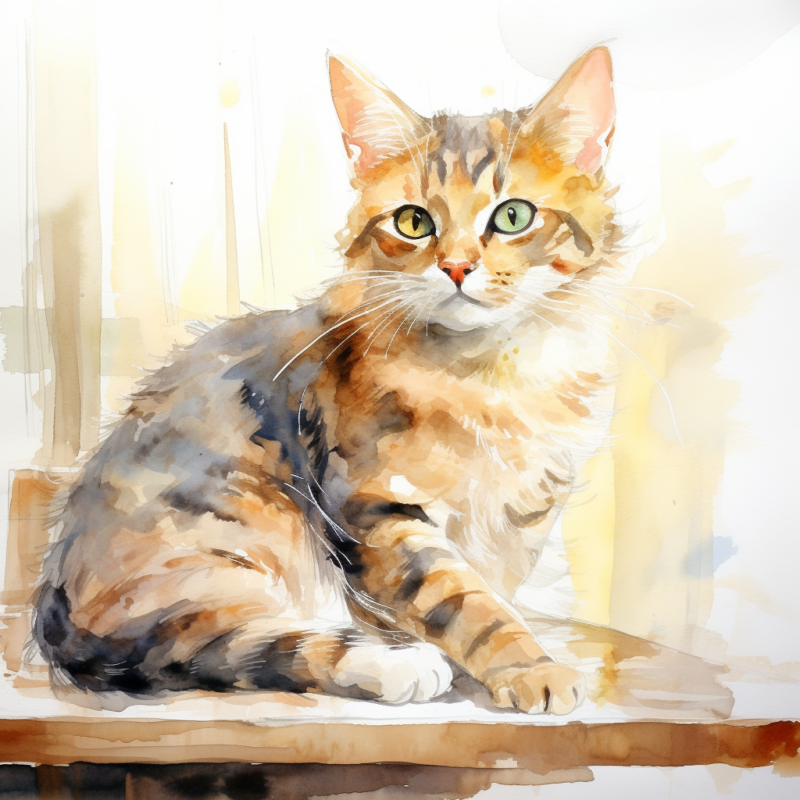
Ear Mite Infestation
Ear mites are small parasites prevalent in cats, particularly those that roam outdoors or share living space with other mite-infected pets. An ear mite infestation can cause severe irritation and inflammation in the ear canal, resulting in an ear infection. Ear mites can spread quickly from one animal to another.
Foreign Bodies
Objects such as grass seeds or other debris lodged in a cat’s ear canal can lead to an infection. This situation is more common in outdoor cats.
Allergic Reactions
Cats allergic to certain foods or environmental triggers like pollen or dust mites are more prone to ear infections. The allergic response can alter the skin and immune system function in the ear, making it more vulnerable to infections.
Growths
In certain instances, tumors or polyps in the ear canal can lead to ear infections. These growths can obstruct the ear canal, causing wax and debris to accumulate, resulting in an infection.
Underlying Health Conditions
Certain existing health conditions, such as feline immunodeficiency virus (FIV) or feline leukemia virus (FeLV), can make cats more susceptible to ear infections. These conditions weaken the cat’s immune system, making it harder for them to combat infections.
Incorrect Ear Cleaning
In some cases, outer ear infections can result from incorrect ear cleaning methods that cause trauma to the ear canal, providing a foothold for infection.
Each of these is a common cause of ear infections in cats, and understanding them can help prevent and treat the issue effectively.
What Are the Signs of an Ear Infection in a Cat?
A feline battling an ear infection, also known as otitis, may demonstrate various symptoms, which include:
- Intense Scratching: Cats suffering from a painful ear infection may use constant scratching to indicate discomfort or itchiness.
- Inflammation and Swelling: The pet’s ear might become red and show signs of swollen tissue, indicating an infection.
- Ear Discharge: An ear infection can often result in a noticeable discharge from the affected ear.
- Offensive Smell: The presence of an unpleasant odor from the ear is often an indicator of an ongoing infection.
- Ear Pain: A cat with an infected ear often exhibits signs of pain, particularly when the area is touched.
- Loss of Equilibrium: An ear infection can disrupt a cat’s sense of balance, causing them to stagger or exhibit unusual movements.
- Impaired Hearing: Hearing loss might occur in more severe or chronic cases of ear infections.
- Behavioral Changes: Changes in the cat’s typical behavior, such as lessened activity or increased irritability, can also be signs of an ear infection.
- Facial Paralysis: In severe cases, the infection may lead to facial paralysis due to the proximity of facial nerves to the ear.
While these symptoms point toward an ear infection, they can also signal other health conditions. Therefore, it’s crucial to consult a veterinarian if your cat exhibits any of these symptoms. The vet can conduct appropriate tests to diagnose the issue accurately and determine the most effective treatment strategy.
Diagnosis of Feline Ear Infections
Diagnosing cat ear infections entails several examinations and tests executed by a veterinarian. The diagnosis process generally involves the following stages:
Physical Evaluation
A physical evaluation usually marks the first step in diagnosing a cat ear infection. Using an otoscope, the vet examines the inside of the cat’s ear, which allows them to assess the ear canal and eardrum visually. In instances of infection, signs like redness, swelling, discharge, or other indications of irritation may be noticeable.

Microscopic Review
To pinpoint the nature of the infection – bacterial, fungal, or parasitic – the vet might collect a sample of the ear debris or discharge from the cat’s ear for microscopic examination, a process known as cytology. Identifying the types of cells and organisms present helps the vet determine the infection’s origin.
Culture and Sensitivity Analysis
If the infection proves resistant to the initial treatment, the vet may suggest a culture and sensitivity test. This test involves cultivating the bacteria or yeast from the sample in a lab to identify the most effective type of medication
Additional Diagnostics
Additional diagnostics, including X-rays, CT scans, or MRIs, for recurring or severe ear infections may be utilized to evaluate the infection’s spread and exclude any underlying conditions. These could include tumors, polyps, or structural abnormalities within the ear canal that might have worked their way into the ear canal.
It’s important to get your cat evaluated quickly, as left untreated, ear infections can lead to more severe issues, like reaching the middle ear or, in some cases, resulting in hearing loss. Cats with untreated ear infections are more likely to develop chronic conditions than those without, making early and effective treatment crucial.
Treatment for Feline Ear Infection
When treating ear infections in cats, vets typically recommend a blend of treatments depending on the infection’s root cause and intensity:
- Topical Treatments: Ear drops, creams, or ointments directly applied to the cat’s ear canal make up these treatments. These typically contain antimicrobials to target bacteria or yeast, anti-inflammatory drugs to lessen swelling and inflammation, and medicaments to eradicate present ear mites.
- Oral Medications: Oral antibiotics or antifungal treatments might be necessary if the infection is severe or has reached the middle or inner ear. These can be particularly helpful if the cat resists topical treatment or if the eardrum has ruptured.
- Analgesics: If the ear infection is causing significant discomfort to the cat, a vet may prescribe a pain reliever to alleviate the pet’s distress.
- Parasite Treatments: If the ear infections result from ear mites, the vet will prescribe a medicament to exterminate these parasites.
- Cleaning: Your vet may also clean your cat’s ear canal during the appointment to remove any debris or discharge and may advise you on a specific ear cleaner for home use. To do this, gently lift the ear flap and apply the cleaning solution to the ear canal.
- Surgery: In severe instances or when the infection arises from polyps or tumors, surgery might be necessary.
Keep in mind that despite the availability of some ear cleaners and medications over the counter, it’s crucial to consult a vet before trying to treat an ear infection at home. This is vital as certain medications could harm the eardrum if ruptured. Only a vet can accurately identify the infection’s cause and prescribe the most effective treatment.
Early treatment of infections is essential since ear issues can lead to an emergency care situation if left untreated. If your cat has a recurring ear infection that’s making them uncomfortable, don’t hesitate to seek professional help.
Prevention for Ear Infection in Cats
Preventing ear infections in cats involves a combination of regular care, monitoring, and maintaining a healthy lifestyle for your cat. Here are some ways to help prevent ear infections:
- Regular Ear Checks: Regularly inspect your cat’s ears for any abnormality, such as redness, swelling, discharge, or foul odor. Early detection can help prevent an infection from becoming severe or chronic.
- Proper Ear Cleaning: Regular, gentle cleaning can help prevent the buildup of wax and debris, which can lead to infections. However, overcleaning can irritate the ear, so it’s essential to use a veterinarian-recommended ear cleaner and follow their instructions.
- Control of Parasites: Regular use of a veterinarian-recommended parasite prevention product can keep ear mites at bay.

- Regular Vet Visits: Regular vet check-ups can help detect any health issues, including ear infections, at an early stage. Your vet can also give your cat a professional ear cleaning if needed.
- Healthy Diet and Lifestyle: A balanced diet and regular exercise can help boost your cat’s immune system, making them less susceptible to infections.
- Avoid Exposure to Allergens: If your cat has allergies, try to limit their exposure to known allergens, as they can lead to ear inflammation.
- Minimize Moisture: Keep your cat’s ears dry, especially after bathing or swimming, as moisture can create a breeding ground for bacteria and yeast.
Remember that every cat is unique, and what works best will depend on your cat’s specific health situation. Your vet can provide personalized advice on preventing ear infections in your cat.
Frequently Asked Questions
Disclaimer: The information provided on this veterinary website is intended for general educational purposes only and should not be considered as a substitute for professional veterinary advice, diagnosis, or treatment. Always consult a licensed veterinarian for any concerns or questions regarding the health and well-being of your pet. This website does not claim to cover every possible situation or provide exhaustive knowledge on the subjects presented. The owners and contributors of this website are not responsible for any harm or loss that may result from the use or misuse of the information provided herein.

